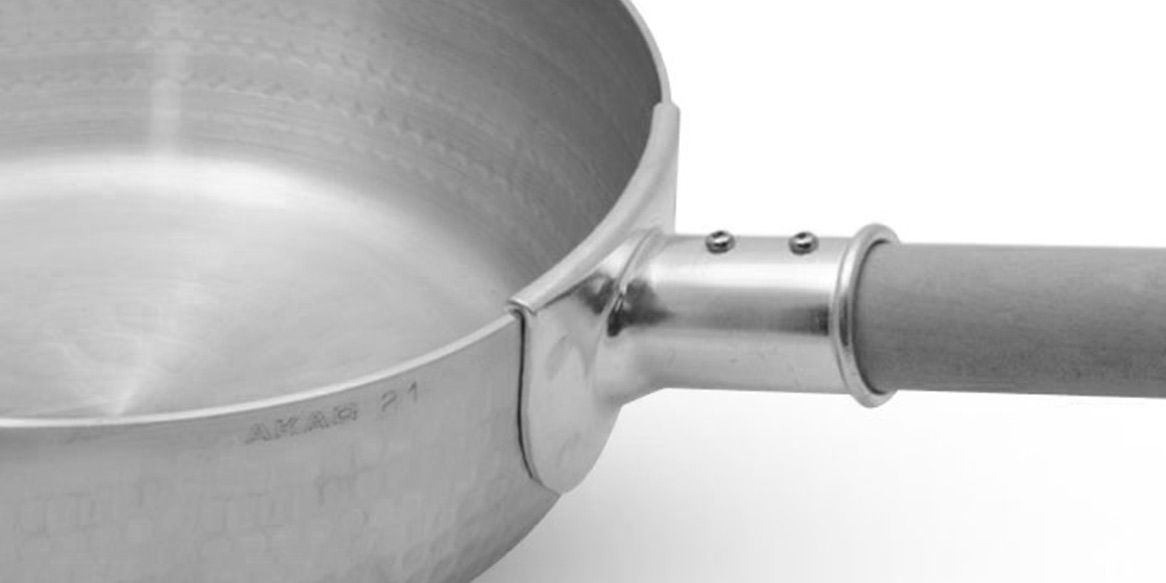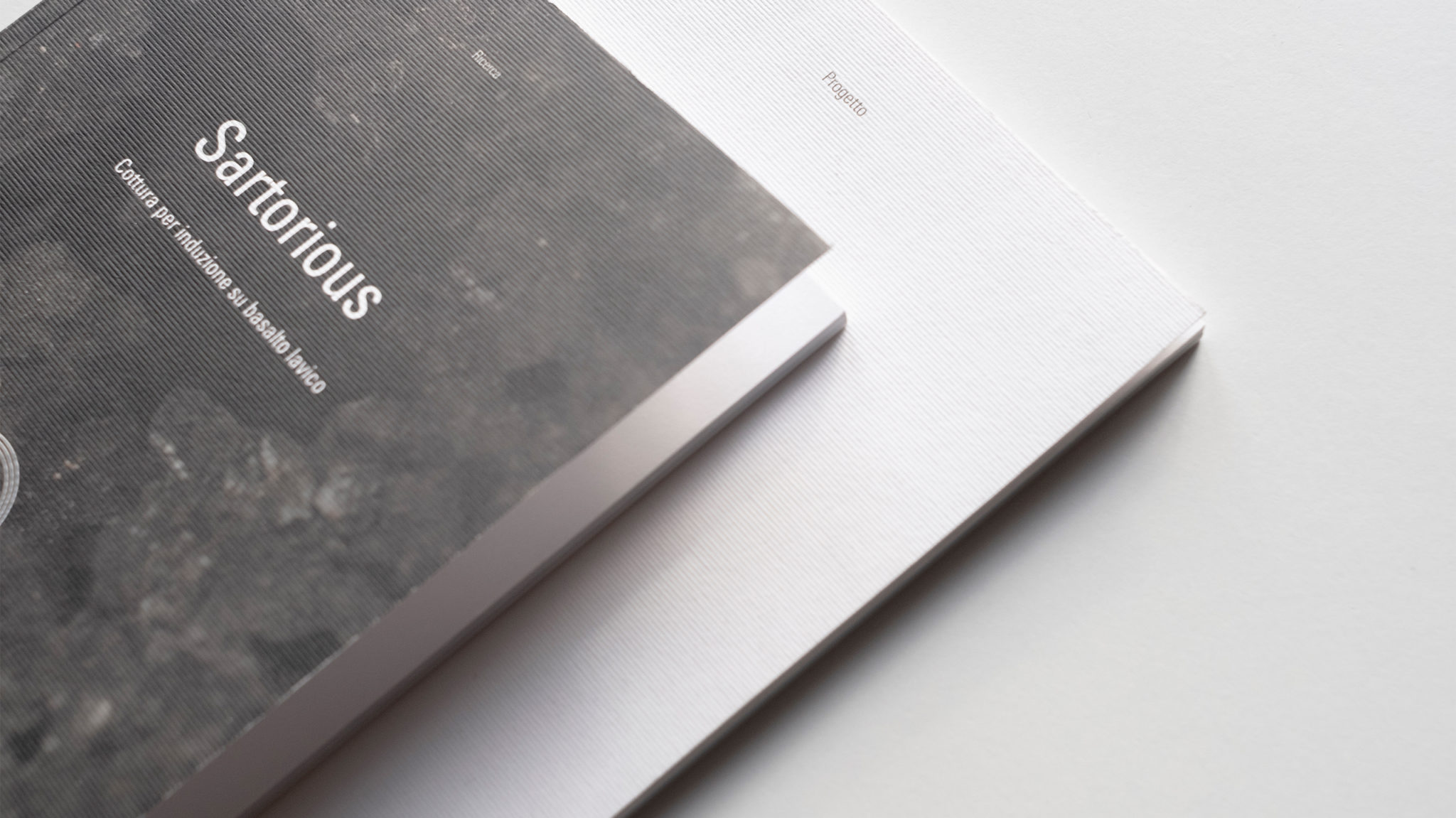Overview
I started to work on this project in 2016 and it became the subject of my Bachelor’s thesis as a student of Abadir- Academy of design in Sicily.
The intent was to investigate alternative usages of Basalt Stone – a material abundant in the area surrounding Mount Etna – that can be economically and sustainably extracted and processed at the source using artisans and manufacturers’ local expertise.
This volcanic rock, traditionally used as a construction and decorative material, is seldom considered for cookware products, however, can provide various advantages over metals. Basalt is an inert that allows uniform heat distribution and slow-release and offers natural non-stick properties. Its virtues make it an excellent material for reducing the use of fats and enabling healthier cooking methods.
This project attempts to address the questions of how we can create new opportunities by changing the application of materials; how we can use the existing manufacturing infrastructure – despite its deficiencies – to produce new products and how much of this can be achieved sustainably.
YEAR AND LOCATION
2016, Catania, Italy
CLIENT
Bachelor’s thesis
DESIGN AREA
Product Design
MY ROLE
I designed the artefact and led its development in all phases from ideation to production
CREDIT
Masano Marmi SRL
Folk Concept Store
Progetto Inox Snc Di Guccione Andrea & Ruggieri Michele
Antonio Di Guardo
Rapisarda Tornitori Di E.Rapisarda & C
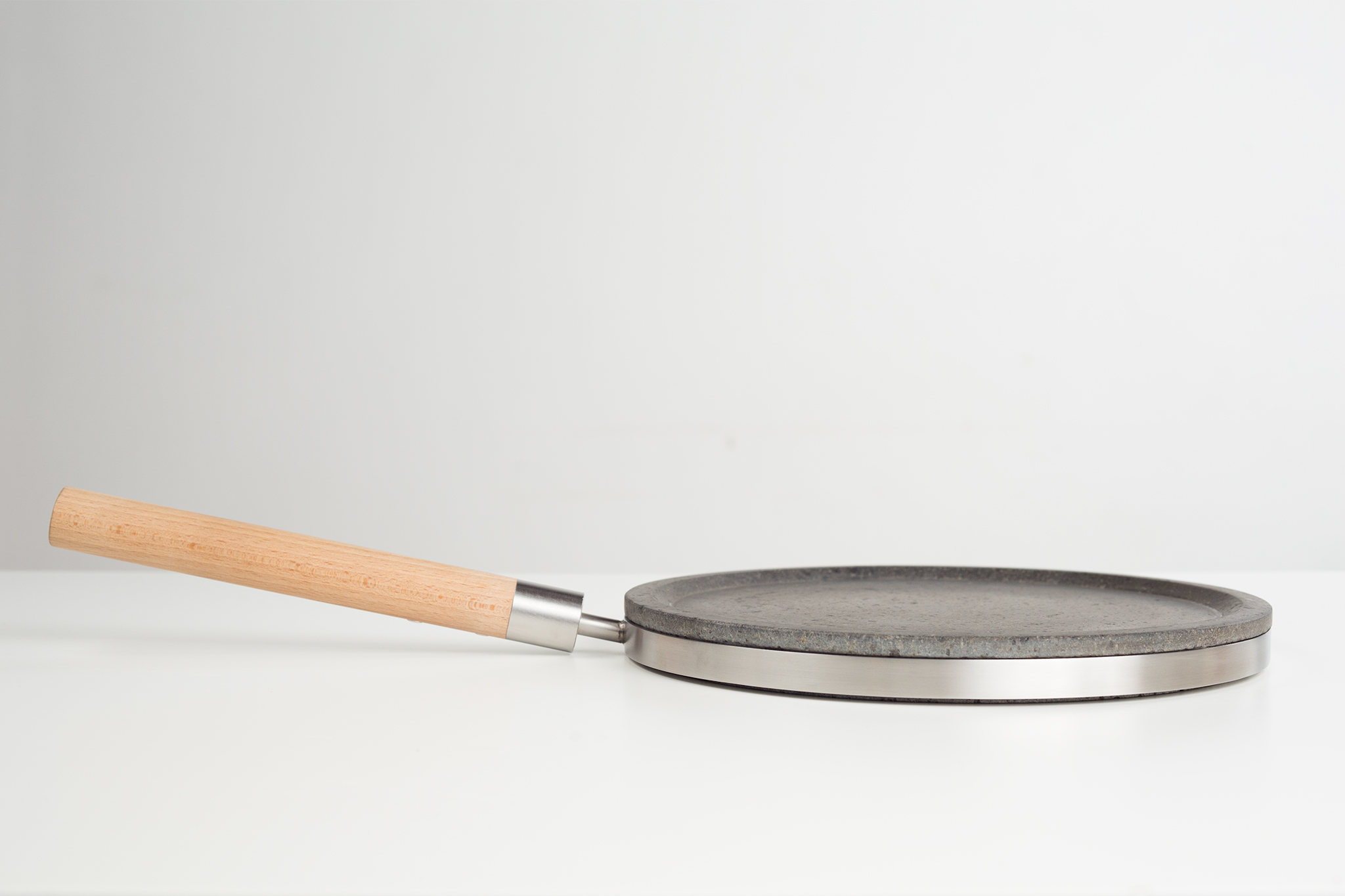
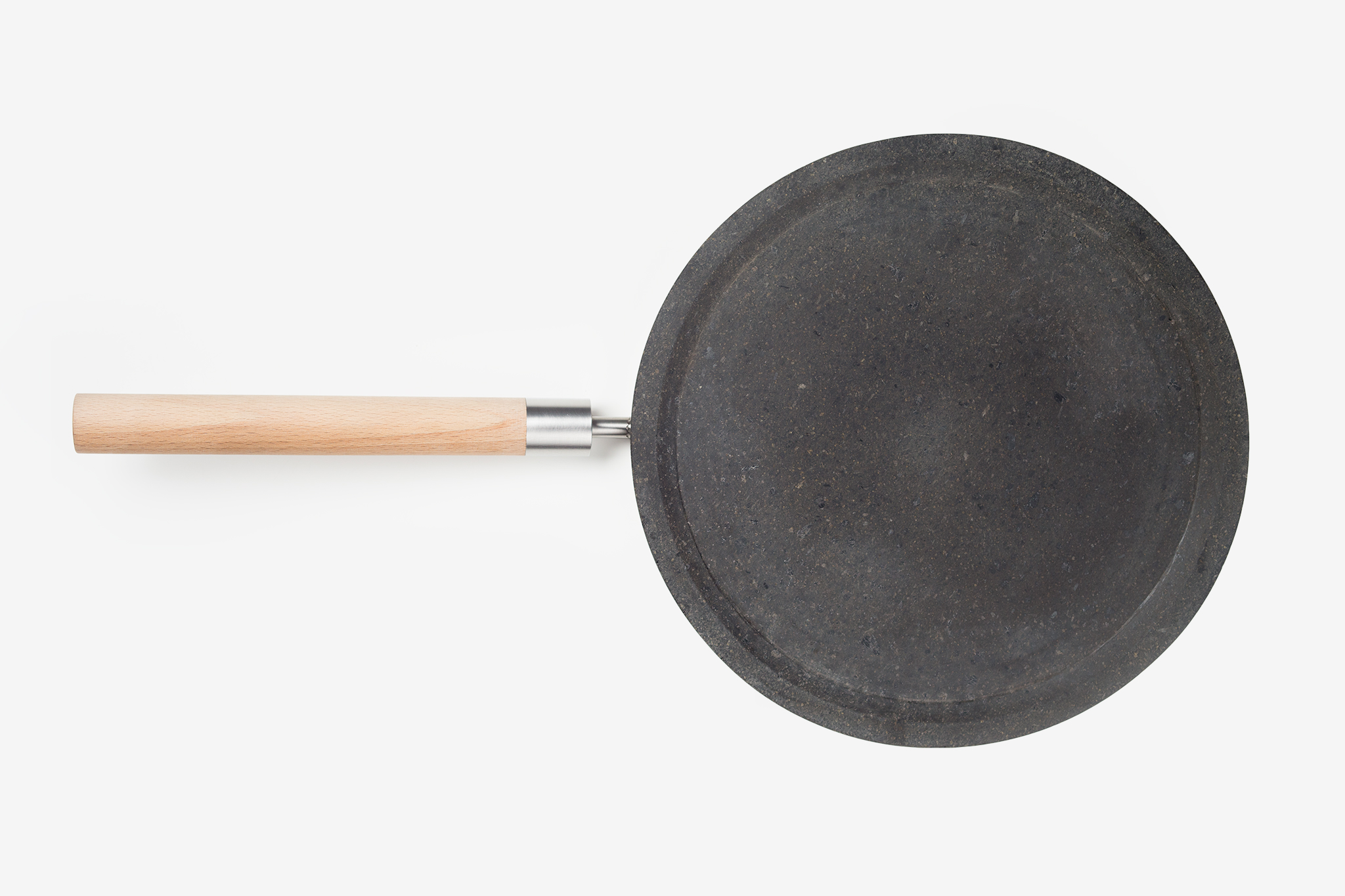

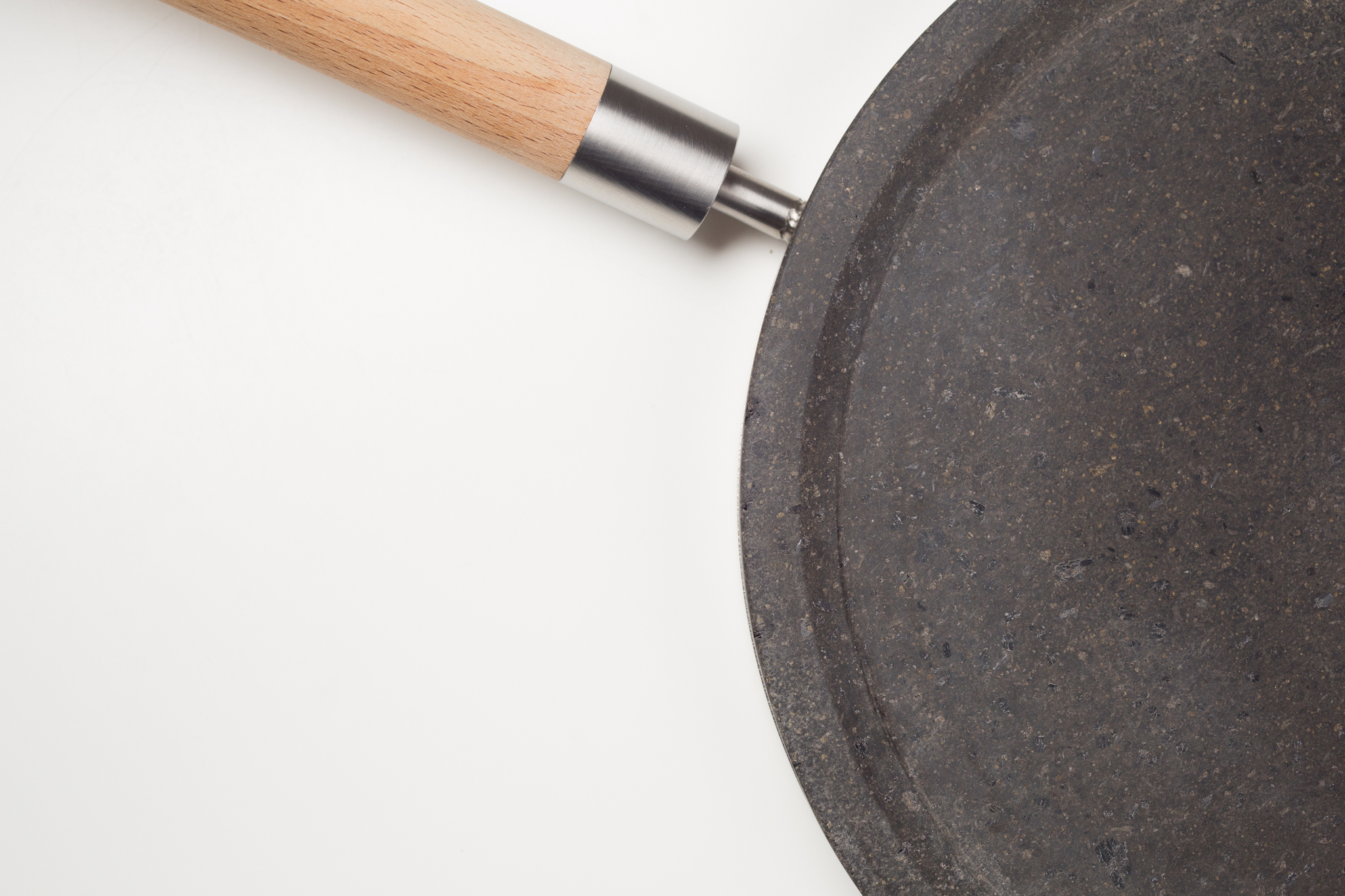
References
The authors Yanagi Sōetsu and Bruno Munari had an enormous influence on the development of Sartorious. The acknowledgement they both give to the unknown/anonymous craftsmen and designers, respectively in “The Beauty of Everyday Things” and “Da cosa nasce cosa” encouraged me to look for inspiration in the world of the humble utilitarian objects around me.

Munari, B. (2017). Da cosa nasce cosa. Appunti per una metodologia progettuale. Laterza.
Yanagi, S. (2019). The Beauty of Everyday Things (Penguin Classics) (Translation ed.). Penguin Classics.
The unpretentious elegance of a collar in a Japanese knife (Figure 4) protecting the wood from splintering, the ingenious metal hoops’ (Figure 5) keeping the staves in a barrel secured and the convenience of the handle attachment (Figure 6) in a Yukihira pot allowing easy and affordable repair, became the fulcrum of the project.
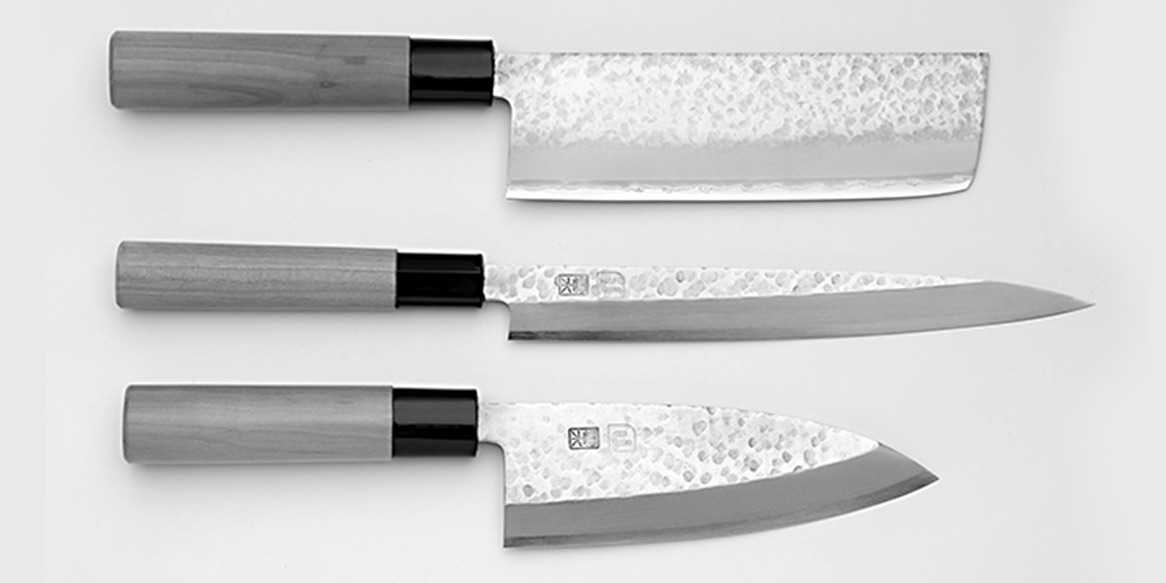
Figure 4: Unsui Japanese Traditional 3-piece Knife Set |
Source: new.uniquejapan.com
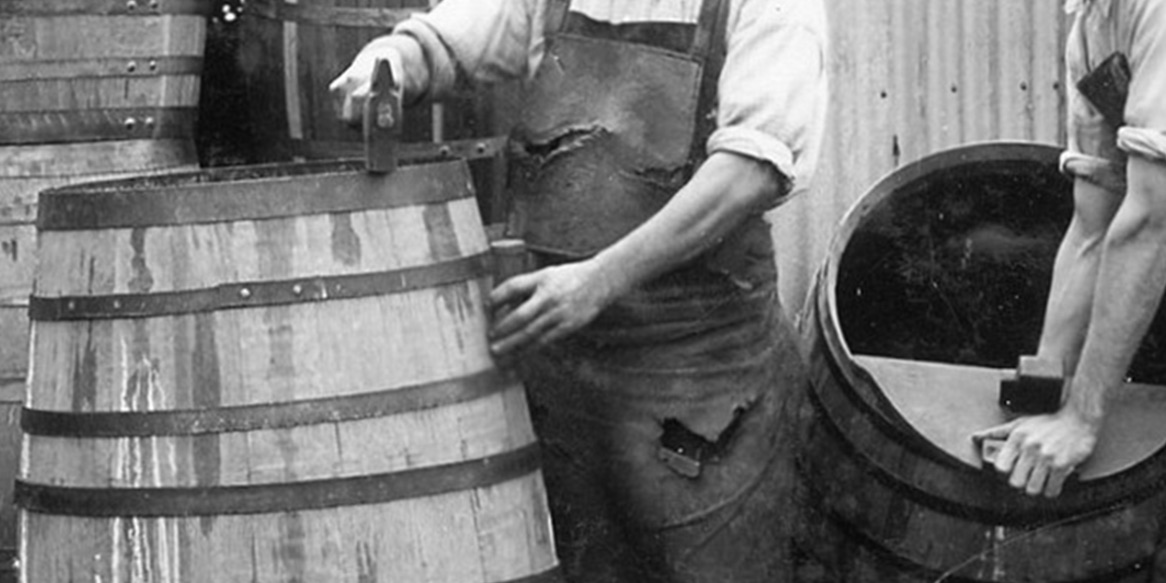
Figure 5: Traditional Cooperage | Source: gotrum.com
Figure 6: Yukihira Aluminum Cooking Pot | Source: korin.com
Research
As cooking is the intended scope of the product I had in mind, the most crucial problem was to design it so that it could handle high temperatures while keeping user and food safe. Connecting the individual pieces without breaking these rules became the central and most challenging part of the design process.
Therefore I began by building an in-depth knowledge-base of the elements that make up cooking and the world of products and materials associated with it.
I engaged in conversations with volcanologists, nutrition scholars, local entrepreneurs and artisans and manufacturers of stone products (Figure 3) who helped me guide the research with practical information and further reading advice.
The outcome of these meetings provided the essential data for structuring the core of the theoretical research volume of my thesis by highlighting four key areas that became the chapters of my research volume: Mechanisms, Utensils, Materials and Design principles (Figure 1).
Starting from these premises, I used the second volume to document the
actual development of the utensil from the concept to the study models and sketches, and then the technical drawings, manufacturing, prototype tests and thermographic analysis (Figures 1 and 2).
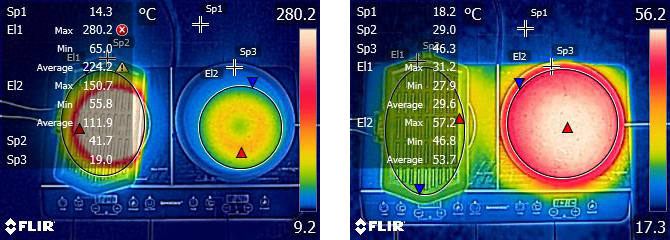
Figure 2: Thermographic analysis of heat distribution comparing a traditional appliance vs Sartorious

